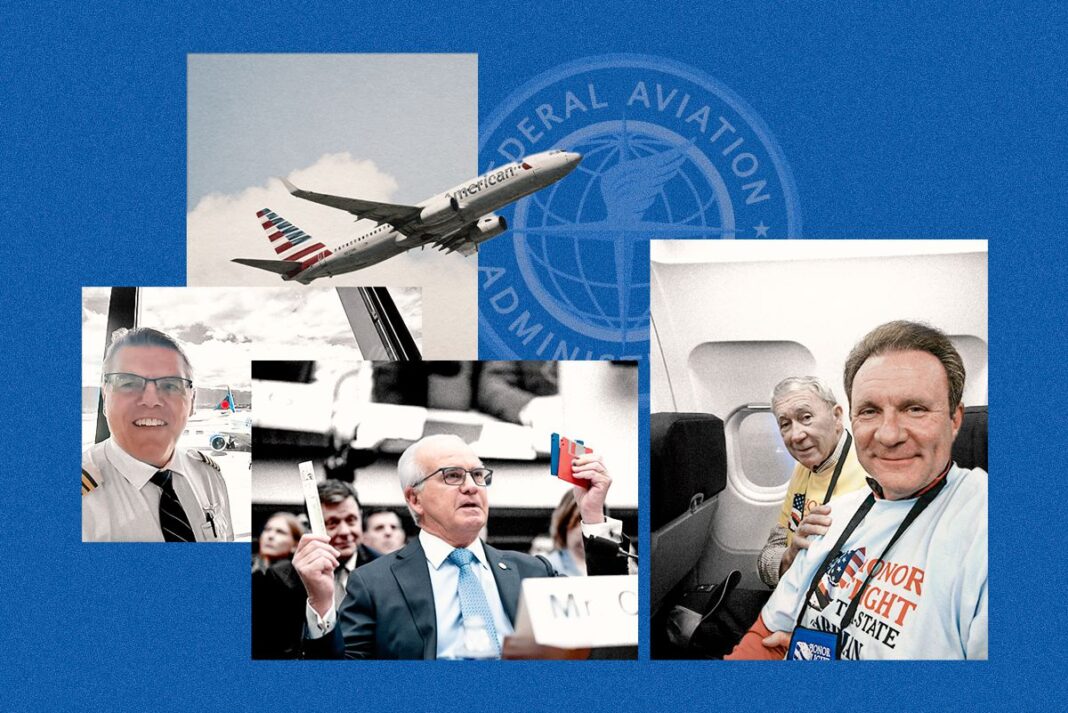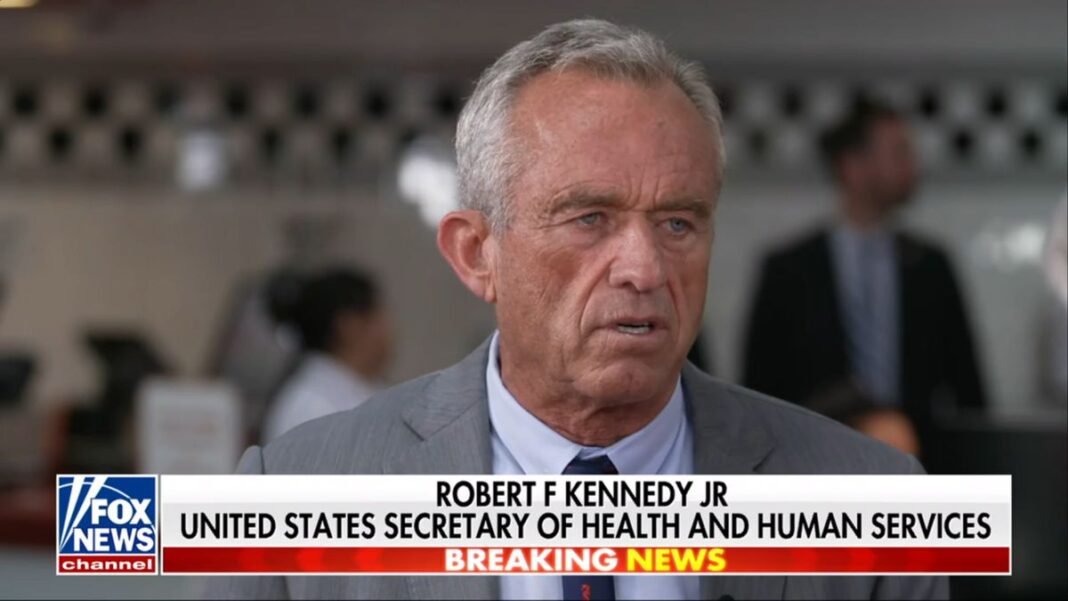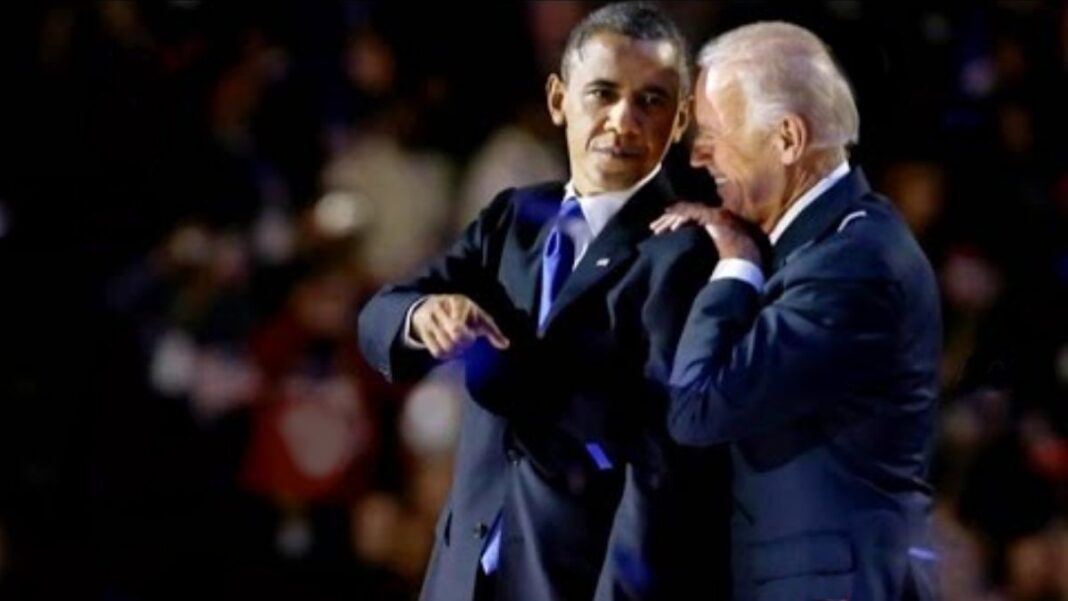The Trump administration is moving to bolster air travel safety and efficiency. Experts say technology and staffing are the most crucial needs.
Understaffed and working with antiquated technology, America’s aviation professionals handle millions of domestic flights each year.
Yet the United States had zero multiple-fatality commercial airline crashes for nearly 16 years—an unprecedented safety streak that made Washington politicians complacent, aviation expert Jay Ratliff told The Epoch Times.
They took safe skies for granted and allowed the Federal Aviation Administration (FAA) “to drift into this unbelievable sea of outdated technology,” said Ratliff, who provides aviation commentary to radio stations nationwide. “To say that the FAA needs an upgrade would be an insult to the word ‘upgrade.’”
Now, the need for FAA reform has taken on new urgency.
President Donald Trump had already taken steps to begin revamping the FAA when a commercial airliner disaster struck on his 10th day in office. Other high-profile plane crashes followed, stoking concerns even more. Trump’s new transportation secretary, Sean Duffy, is calling for a total overhaul of the FAA.
And industry advocates are urging Congress to approve emergency funding that would bolster staffing and replace outmoded equipment.
“We’re past the inflection point now; I think that’s clear to everybody,” Nicholas Calio, CEO of Airlines for America, told a congressional subcommittee on March 4.
Holding a paper strip in one hand and 1980s-era computer floppy disks in the other, Calio said it’s unacceptable that air-traffic controllers and technicians remain understaffed—and are still using these old types of media to store information. “We are better than this. Our country is better than this,” his written testimony to the House of Representatives aviation subcommittee states.
Many improvement plans are built into the $105 billion FAA Reauthorization Act that Congress passed last year; it runs through fiscal year 2028. Witnesses cited it as a great example of bipartisan cooperation.
But Calio and others urged Congress to remove stumbling blocks from the FAA’s path. Over the years, dozens of threatened government shutdowns—including one that Congress is facing on March 14—helped stall the FAA’s progress. That’s because even the possibility of a shutdown forces the agency to put training and technology projects on hold, causing advances to sputter, sometimes for months, congressional witnesses said.
By Janice Hisle









